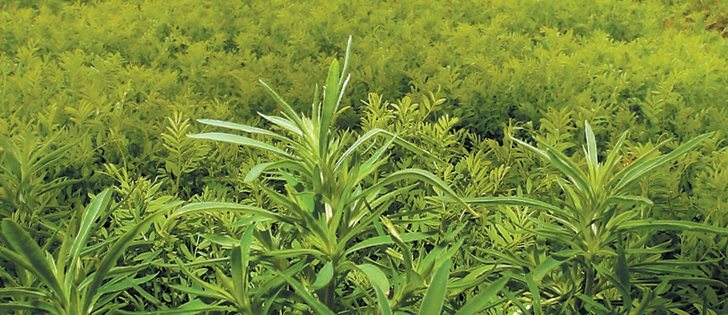You’d have to have rocks in your head to build a new sow barn with gestating sow stalls.
That conclusion has seemed pretty obvious to me for a couple of years, but now it should be obvious to everybody after the recent flurry of fast food and grocery retailer announcements that they might re-quire stall-free pork in the future.
I don’t say that based on my view of animal welfare and a consideration of the humane pros and cons of gestating sow stalls versus open housing.
Read Also

Farming Smarter receives financial boost from Alberta government for potato research
Farming Smarter near Lethbridge got a boost to its research equipment, thanks to the Alberta government’s increase in funding for research associations.
Instead, I base it on concerns about market access and long-term capital risk management.
Basically, farmers will face a multimillion-dollar retrofit if they borrow millions of dollars to build a new stall barn today and in eight years the packers refuse to take the pigs born in that barn.
It could mean bankruptcy if it happened during a low price period. What would the bankers say about that?
I think the recent flurry of announce-ments by Burger King, Tim Hortons and Safeway can’t be ignored.
Cynics say the companies are just reacting to animal rights activists who can never be pacified because many are against all animal agriculture. As a result, giving into them on this will just lead to further demands in the future.
The difference to me is that here we have proof that some major buyers and retailers of pork see this particular element of the production chain as a problem. They’re likely to be better than almost anyone at assessing consumer trends and sensitivities, so they should not be ignored.
As well, gestation stalls don’t seem to pass the modern smell test of acceptable treatment of animals. Even though veterinary authorities have considered gestating sow stalls to be humane and acceptable in a scientific way, the system just doesn’t seem to offer a nice life to an intelligent creature.
However, an alternative system exists that solves the problem, and it doesn’t appear to cost any more to build or operate.
Open housing of gestating sows provides a pretty nice life to a sow. I know that because I’ve toured the open housing barn at the University of Manitoba, where researchers have been studying the system for years.
I have also spoken to a number of producers who have looked at the system and have researched the economics of the system.
Barns have about a 25 year lifespan and cost millions of dollars, which means it is crucial to make the right construction decision.
It’s possible that the fast food chains and grocery stores will forget all about this issue. As well, they might not be able to do anything about it, even if they do care.
So little pork is now produced using open housing that it might not be possible for a buyer to switch over, and few burger chains will be willing to go bacon-less. Would Safeway be willing to make its already-high pork prices even higher?
But how would you like to see fast food chains importing bacon from Europe, where producers have already moved to open housing? And what happens if a few thousand producers in North America make the switch?
Will a major packer declare they will take only stall-free pigs? Farmers who produce stall-free pigs would be able to sell to any packer.
Farmers with stall barns might have fewer packers to pick from. It could be another version of the United States’ country-of-origin legislation.
Few producers have built hog barns recently because of the brutal late-2000s price slump from which they are now just recovering. That’s fortunate because otherwise many producers might have built stall barns in the past couple of years.
This recent flush of announcements by fast food chains and Safeway should cause any producer considering a new building project to think hard about the market and capital risk they’re taking on if they build another stall barn.
The biggest risk to farmers now isn’t an eventual move to an end of gestating sow stalls. The real risk is a ban on gestating sow stalls by packers or governments that would take effect before present barns have outlived their useful lives. That would be a disaster.
Farmers would be better off to embrace a move to open housing with a reasonable time frame than to spend too much time defiantly defending gestating sow stalls. This is one of those buses it’s probably better to be on than under.
















